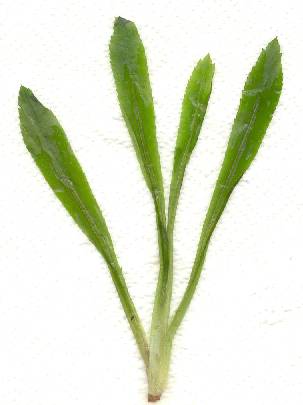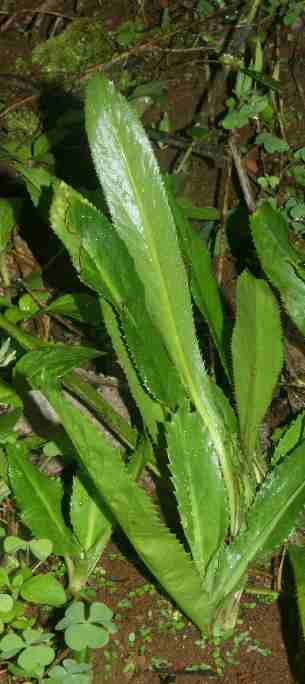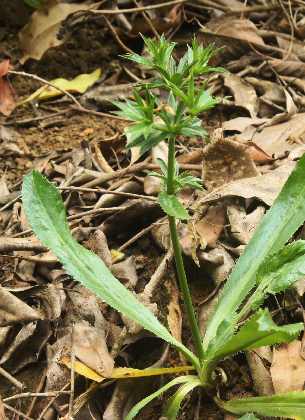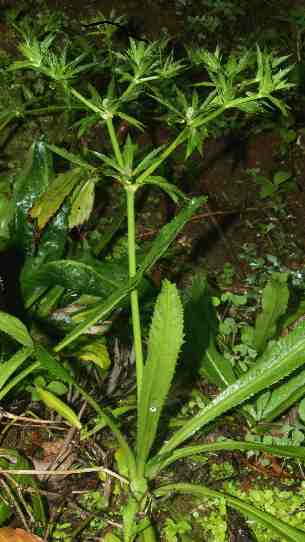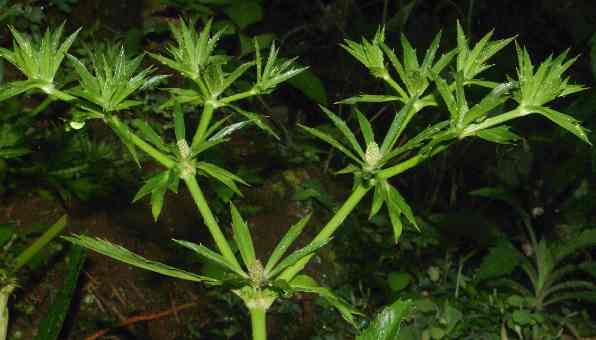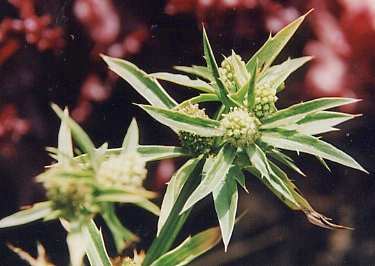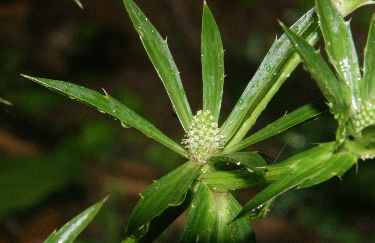| ||
| ||
|

|
| Compact umbels of Mexican coriander |
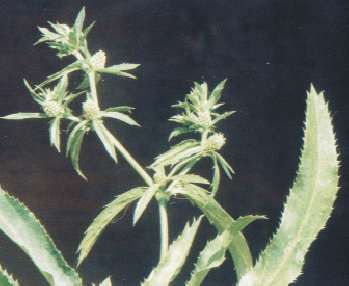
|
| Long coriander (flowering plant) |
Long coriander’s usage concentrates on the Far East and Central America. In Asia, it is most popular in the countries of the South East Asian peninsular. In Thailand, Malaysia and Singapore it is commonly used together with or in place of coriander and topped over soups, noodle dishes and curries. It can also be used for Thai curry pastes (see coconut), especially, when coriander roots are not available.
Long coriander is of some importance in the cooking of Vietnam, where fresh herbs are of chief importance (see Vietnamese coriander). Long coriander is often used as a fully equivalent substitute for the much-loved coriander leaves to decorate soups and stir-fries; occasionally, the largest leaves are used to wrap food bits in them.
In South Asia, long coriander is rarely used and not much known; yet it is a common household garden plants in the Hill Area of Nepal, as it tolerates the mountain climate better than true coriander does. I found it also in the South Indian Cardamom Hills, where it is grown as an Ayurvedic plant. There is only one region where it is a common culinary herb: The mountains of the extreme North-East, where culinary habits show a lot of South East Asian influence. See chameleon plant for details.
In Central America, long coriander is most associated with the cooking style of Puerto Rico, although it is also known in other Caribbean islands and in Eastern México. Yet Puerto Rico is the place where one is most likely to find foods common to all Central American countries enhanced with long coriander. In the first place, I should mention salsa, a spicy sauce of varying composition that often provides extra spiciness for the main courses or is used as a dip and eaten with crisp-fried tortilla chips (tostadas).
Salsa can be made from more or less everything, but most
recipes are actually based on tomatoes (or alternatively tomatillos)
or mild paprika varieties. Garlic, onion and more or
less fiery chiles are called for by almost all
recipes. In the simplest case, salsa is just the raw,
chopped or blended ingredients, but it can also be shortly cooked or even long
simmered. Also ripe tropical fruits (papaya, mango)
are sometimes added. The salsa is then finalized with
fresh herbs (oregano,
coriander, epazote,
parsley and others), salt and maybe a dash of
lime juice and sugar.
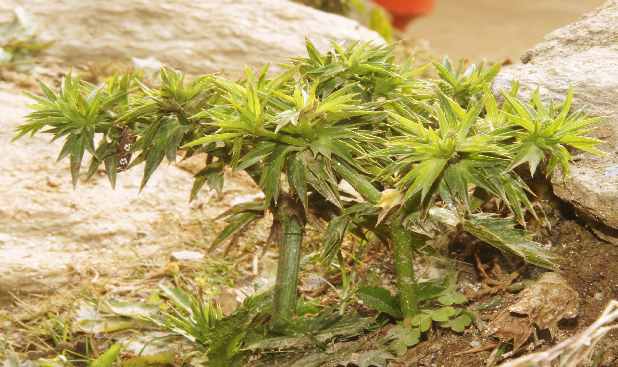
|
| Young plant of long coriander |
Some popular Mexican recipes are salsa cruda made from raw tomatoes (jitomate); then there are salsa de chile rojo from ripe tomatoes and dried ancho-paprika, salsa verde based on tomatillos (tomates verdes) and salsa de chile güero for which a specific type of fresh yellowish green mild paprika is needed. There are also salsas based on dried sweet almonds (salsa di almendra) with fruity ingredients and mild or hot chiles. There is a general preference to use green chiles (serrano, jalapeño) in conjunction with tomatillos to keep the colour pure; for tomato based salsas, however, both green and red (pequín) fresh chiles can be employed. Those recipes which call for dried ripe chiles (ancho, pasilla) often contain tomatoes or tomato paste.
Another Central American specialty that might contain long coriander is
the Latin American raw fish food ceviche
(see lime).
